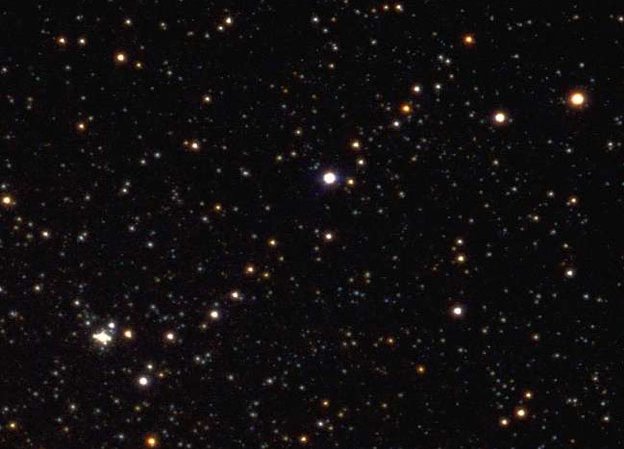
|
North Central Kansas Astronomical Society |
Home | Carbon
Stars | Double Stars | Galaxies |
Globular Clusters | Nebulae |
Open Clusters
Solar
System | Stars | Images |
Asterisms
| Student Images
| Current
Weather

Kemble's Cascade - A picturesque chain of unrelated stars is visible with strong binoculars towards the constellation of Camelopardalis. Known as Kemble's Cascade, the asterism contains about 20 stars nearly in a row stretching over five times the width of a full moon. Made popular by astronomy enthusiast Lucian Kemble (1922-1999), these stars appear as a string only from our direction in the Milky Way Galaxy. The image of Kemble's Cascade was made with a small telescope in New Mexico, USA. The bright object near the bottom left is the relatively compact open cluster of stars known as NGC 1502
| AQUARIUS (AK-WARE-ee-us) The Water-Pourer. Genitive: Aquarii (AK-WARE-ee-eye). Abbreviation: Aqr | |
|---|---|
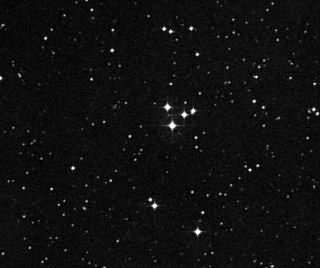 |
M73, NGC 6994 Other description: Asterism. Constellation: Aqr Dreyer description: Cluster, extremely sparse in stars, very little compressed, no nebula; = M73. Magnitude: 9.0 RA: 20h 59m 08.6s Dec: -12°37'24" RA: 20h 59m 00.0s Dec: -12°38'00" (Epoch 2000) **** Observation Log **** Perhaps one of the most uninteresting of the Messier objects. Still a nice little cluster of stars. The stars are not apparently involved with each other, but rather a chance alignment of stars. |
 Back to top...
Back to top... |
|
|
CAMELOPARDALIS (ka-MEL-oh-pard-al-iss) The Griaffe. Genitive: Camelopardalis (ka-MEL-oh-pard-al-iss). Abbreviation: Cam |
|
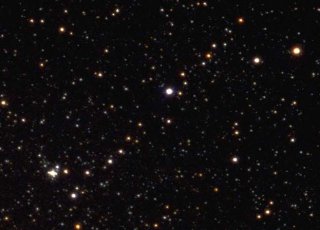 |
Kemble's Cascade RA: 04h 08m 04.1s Dec: +62°20'50" RA: 04h 07m 42.0s Dec: +62°20'00" (Epoch 2000) ******* 12/21/2003, 10:20 PM ******* A picturesque chain of unrelated stars is visible with strong binoculars towards the constellation of Camelopardalis. Known as Kemble's Cascade, the asterism contains about 20 stars nearly in a row stretching over five times the width of a full moon. Made popular by astronomy enthusiast Lucian Kemble (1922-1999), these stars appear as a string only from our direction in the Milky Way Galaxy. The image of Kemble's Cascade was made with a small telescope in New Mexico, USA. The bright object near the bottom left is the relatively compact open cluster of stars known as NGC 1502 |
 Back to top...
Back to top... |
|
| CORVIS (KOR-vus) The Crow. Genitive: Corvi (KOR-vi). Abbreviation: Crv | |
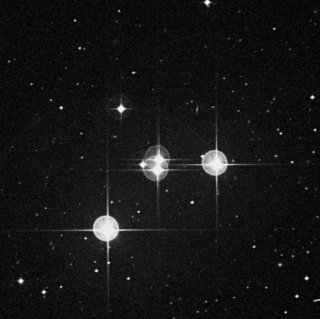 |
The Stargate Equatorial: RA: 12h 36m 00s Dec: -12°03'52"(current) Equatorial 2000: RA: 12h 35m 43s Dec: -12°02'01" **** Observation Log**** Striking asterism in Corvis. Part of the duo of asterisms on your way to M104 in Virgo. |
 Back to top...
Back to top... |
|
| DELPHINUS (Del-FY-nus) The Dolphin. Genitive: Delphini (Del-FY-ni). Abbreviation: Del | |
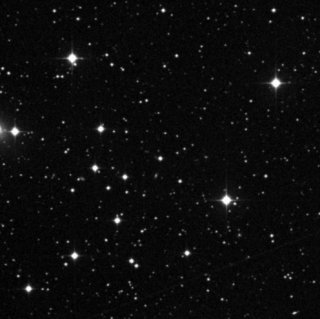 |
Toadstool, The Dolphin's
Diamonds RA: 21h 07m 28.1s Dec: +16°19'46" RA: 21h 07m 20.7s Dec: +16°19'00" (Epoch 2000) **** Observation Log **** Wonderful little asterism. I could count 13 stars at 256x in the toadstool and could just see NGC 7025 the extremely small lenticular galaxy shown at the extreme left above. At 112X, really starts to show it's beauty. |
|
|
|
|
TAURUS (TORE-us) The Bull. Genitive: Tauri (TORE-i). Abbreviation: Tau |
|
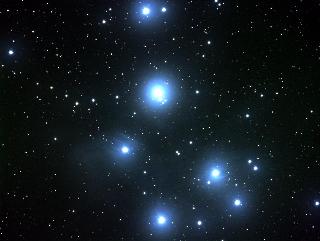 |
M45 (The Pleiades), Subaru,
Seven Sisters Sky Database: Messier Objects RA: 03h 47m 14.4s Dec: +24°07'51" RA: 03h 47m 00.0s Dec: +24°07'00" (Epoch 2000) **** Observation Log **** Truly one of the most amazing and recognizable asterisms in the entire sky. The nebulosity is very hard to detect except by long exposure photography. This object is best with binoculars **** Image Log 03/05/2011**** This image is a stack of 3 x 5 minute, one-shot color, images with an ST-8300C through a TeleVue TV-102 APO refractor working at f/6.9. Click on the image for a larger version. |
 Back to top...
Back to top... |
|
| VIRGO (VER-go) The Virgin. Genitive: Virginis (VER-gin-is). Abbreviation: Vir | |
 |
The Jaws Equatorial: RA: 12h 38m 41s Dec: -11°33'25"(current) Equatorial 2000: RA: 12h 38m 24s Dec: -11°31'34" **** Observation Log **** Looks like a miniature version of Sagitta. Pointing almost directly at M104, the Sombrero Galaxy in Virgo. This asterism and the Stargate in Corvis are guide stops for finding the Sombrero. |
 Back to top...
Back to top... |
|
| VULPECULA (Vul-PECK-you-la) The Little Fox. Genitive: Vulpeculae (Vul-PECK-you-lee). Abbreviation: Vul | |
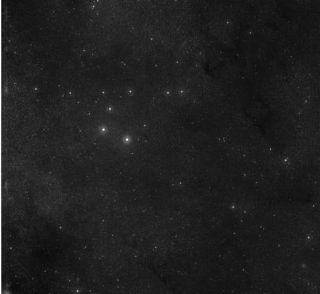 |
Coathanger Asterism RA: 19h 26m 19.642s Dec: +20°06'20.395" RA: 19h 26m 13.246s Dec: +20°05'51.837" (Epoch 2000) **** Observation Log **** Very striking asterism. The "bottom" of the hook is a visibly very red star. Much bigger than the Toadstool. |
|
|
|
Home | Carbon Stars | Double
Stars | Galaxies | Globular Clusters | Nebulae | Open
Clusters
Solar System | Stars |
Images | Asterisms |
Student Images | Current Weather
© 2005-2022 North Central Kansas Astronomical Society - All Rights Reserved